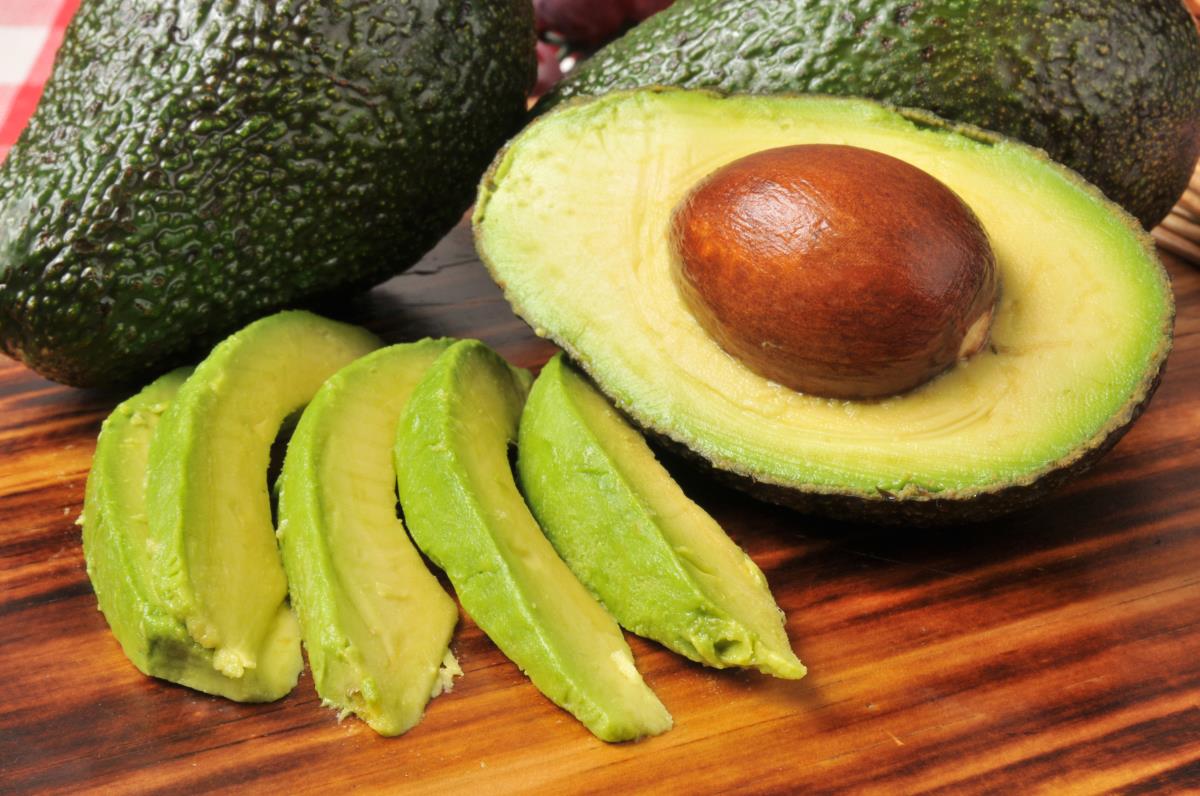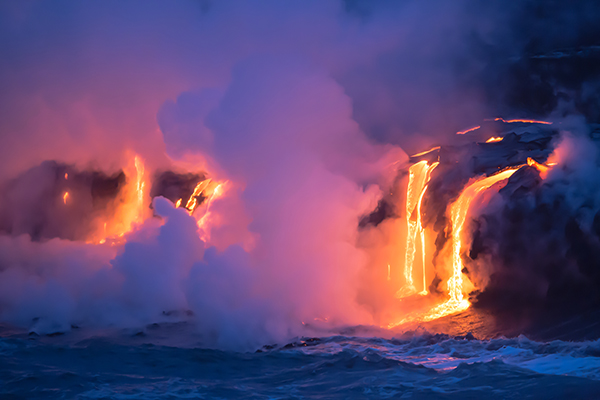 Parler
Parler Gab
Gab
- Scientists discovered bizarre new sea creatures in the Southern Ocean, including sea pigs, giant sea spiders, and sea butterflies.
- Sea pigs are deep-sea cucumbers that feed on organic debris in extreme depths.
- Giant sea spiders, unrelated to land spiders, have leg spans up to 20 inches and unique body structures.
- A rare sea butterfly named "Clio" spawned aboard the ship, offering new insights into its reproduction.
- Antarctica's untouched ecosystems reveal unknown species, highlighting the need for careful exploration and conservation.
Diversity beneath the ice
The expedition has also unveiled sea spiders "as big as your hand" and sea stars "that grow to the size of a dinner plate," according to Jan Strugnell, a marine biology professor at James Cook University. Though their name suggests kinship with terrestrial spiders, sea spiders are a distinct group of arthropods more closely related to crabs. Some species boast leg spans up to 20 inches, with their vital organs often extending into their spindly limbs in a remarkable evolutionary quirk. One of the rarest finds was a delicate sea butterfly, a type of floating sea snail that flutters through the water like a winged insect. The specimen, nicknamed "Clio," began spawning aboard the ship, marking the first time researchers have observed its egg development. "The team is super excited about having the little creature and observing it and looking after it," said oceanographer Laura Herraiz Borreguero. "So that it tells all the secrets that have been hidden until now."A pristine natural laboratory
Antarctica’s untouched ecosystems serve as a living laboratory, revealing marine life that has evolved in isolation over millennia. Many of the organisms collected may be entirely new to science, highlighting how much remains unknown about Earth’s oceans. The fragile nature of these discoveries underscores the necessity of careful handling. Specialized tanks and aquariums aboard the RSV Nuyina allow researchers to study live specimens without compromising their survival. A similar breakthrough occurred when an iceberg broke away from the George VI Ice Shelf earlier this year, exposing a previously hidden underwater ecosystem. Researchers aboard the R/V Falkor explored the newly revealed seabed, discovering thriving coral communities, sponges, and giant sea spiders — organisms that had flourished beneath the ice for centuries. "We didn’t expect to find such a beautiful, thriving ecosystem," said marine biologist Patricia Esquete.Protecting nature’s secrets
These expeditions emphasize the importance of preserving Antarctica’s pristine waters while responsibly satisfying scientific curiosity. The findings deepen our understanding of how life adapts to extreme conditions, offering insights that could inform research in medicine, biology, and even astrobiology. Earth’s oceans, particularly those encircling the frozen continent, remain one of the last frontiers of exploration. Each dive or trawl holds the potential for discovery, whether it's a translucent "jelly pig" from the abyss or a previously unknown species of sea spider. As researchers continue to document these creatures, they remind us that mystery and wonder still linger in the world’s most remote corners. Sources for this article include: LiveScience.com Earth.com The-Sun.com‘Toxic cocktail’: study finds almost 200 pesticides in European homes
By S.D. Wells // Share
The remarkable heart-friendly properties of avocados
By News Editors // Share
Science reshapes autism care by looking beyond the brain
By Olivia Cook // Share
Ancient hydrogen and magma ocean offer clues about Earth’s origins
By Willow Tohi // Share
Governments continue to obscure COVID-19 vaccine data amid rising concerns over excess deaths
By patricklewis // Share
Tech giant Microsoft backs EXTINCTION with its support of carbon capture programs
By ramontomeydw // Share
Germany to resume arms exports to Israel despite repeated ceasefire violations
By isabelle // Share










